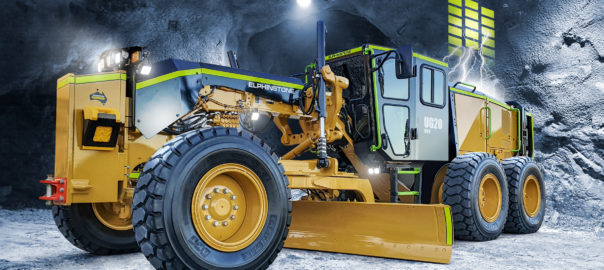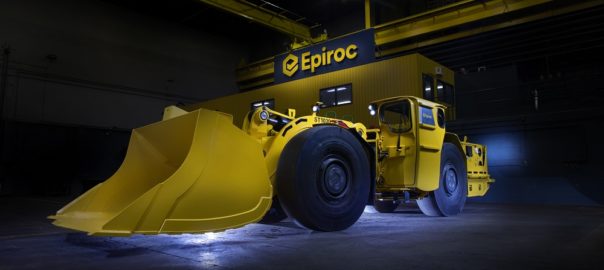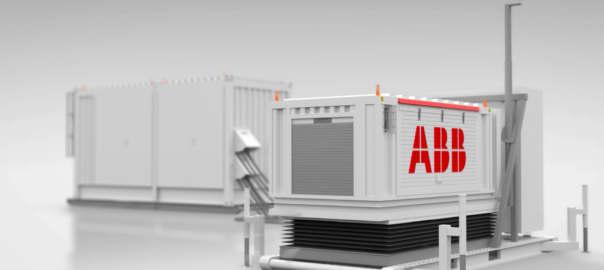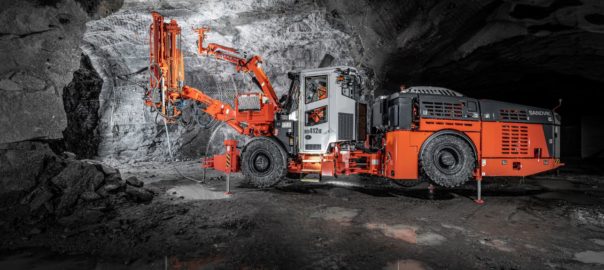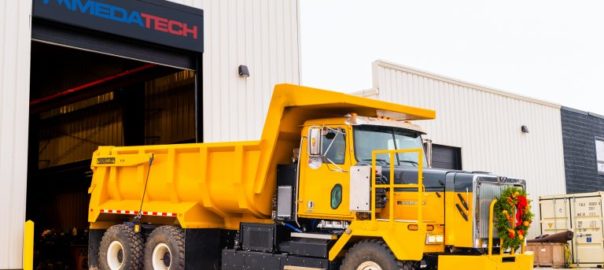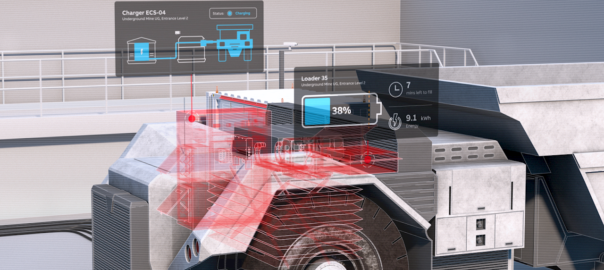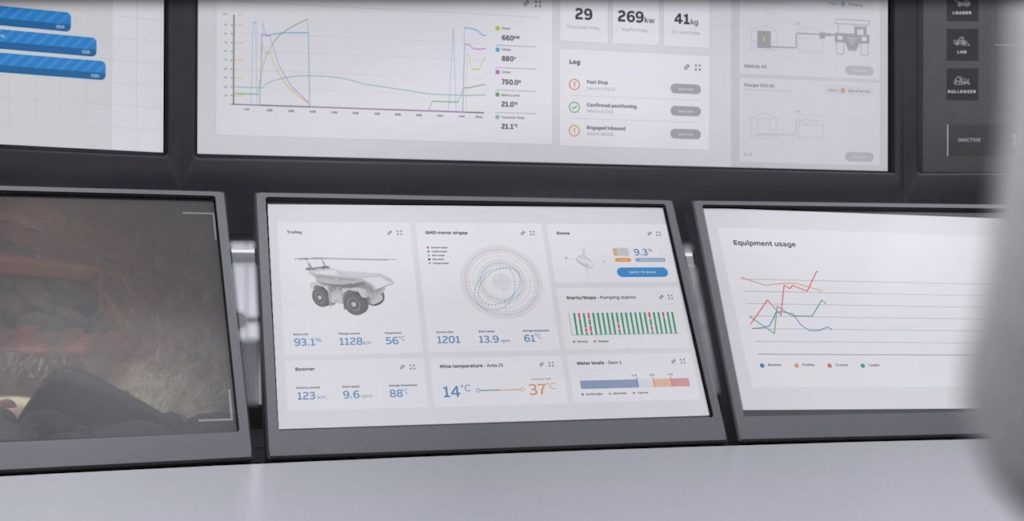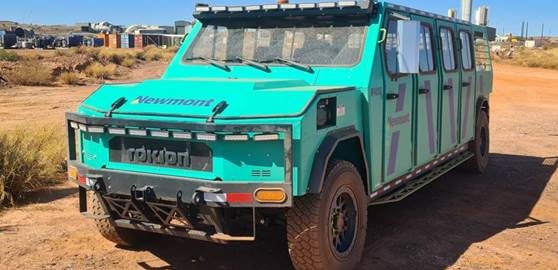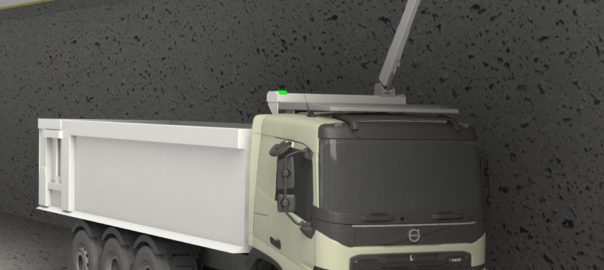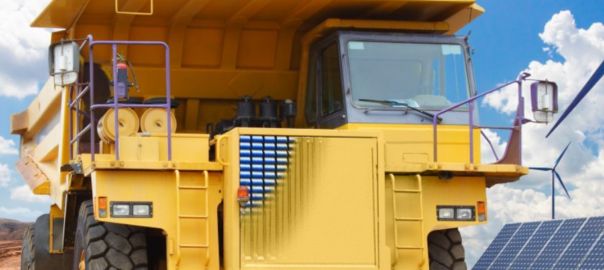Elphinstone Pty Ltd has commenced a project to develop a suite of battery-electric vehicles (BEVs) for underground hard-rock mining to, it says, address the increasing decarbonisation efforts and expectations of its global customer base.
The project will require a significant research and development investment by the company in addition to the recently awarded Australian Federal Government Grant, according to the company.
Leveraging its existing portfolio of underground support vehicles, Elphinstone will develop the BEVs in collaboration with its customers and supply chain partners and produce these in existing product development and manufacturing facilities in Burnie, Tasmania.
“The Battery Electric Underground Support Vehicle project will build Australian sovereign capability and international export potential, encourage critical skills development required for the future growth of domestic manufacturing, and will ensure Australia remains a global market leader in mining equipment, technology and services (METS),” the company said. “The project scope will encompass an end-to-end research, design, development, testing, validation, manufacturing and market commercialisation of an industry leading battery electric powertrain integrated into two differing base platforms from the existing range of Elphinstone support vehicles.”
Elphinstone said technology projects of this calibre provide growth in highly valued skill sets across the country and will continue to provide jobs in the future. The company expects the project will create 15 highly-skilled positions to complete the development of both machine prototypes.
Elphinstone envisage that the BEV project will also create further opportunities and growth in the state and local communities.
It is currently engaging with strategic partners who have indicated their interest in working closely with Elphinstone on this development project. The vision is to provide a BEV solution at the forefront of technology while maintaining a reputation for high quality, premium and reliable products which are well-positioned and recognised globally in the underground hard-rock mining industry, the company said’.







